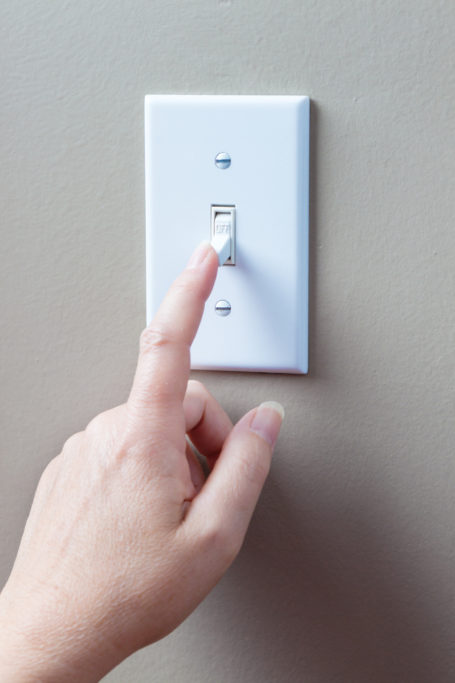How to Know if Refinancing Makes Sense for You
When interest rates drop—whether it’s a significant dip or modest shift—it’s natural to wonder if you should take the opportunity to refinance your mortgage.
After all, who doesn’t want a lower monthly payment or a shorter loan term? But refinancing isn’t a one-size-fits-all move. Before you start the process, take some time to ask yourself these crucial questions so you can better weigh the pros, costs, and how it may suit your long-term goals.

How much could you actually save?
A lower interest rate may naturally seem appealing, but it’s important to calculate exactly how much it could reduce your monthly payment and how much you’d save in the long run. Use an online mortgage calculator to compare your current loan with a potential new one. Even a small rate drop could lead to substantial savings over time, especially if you plan to stay in your home for many years. Just be sure to factor in the full picture, not only the immediate difference in payment.
How much does it cost to refinance?
Refinancing isn’t free. Closing costs typically run between 2 and 6 percent of the total loan amount. That means if you’re refinancing a $300,000 mortgage, you could pay around $6,000–$18,000 upfront, so make sure the monthly savings justify these payments. Alternatively, see if your lender offers a no-closing-cost refinance, which demands no upfront fees in exchange for a higher interest rate or expenses rolled into your ongoing monthly payments. Your lender should also provide a break-even point to show how long it will take for your savings to start outweighing these initial fees.
How long do you plan to stay in your home?
If you plan to move within a few years, refinancing may not make financial sense. But if you’re planning to stay put for the long haul, a lower interest rate could pay off over time. Before you pursue refinancing, think about your lifestyle, career, and family plans, and whether this home is still part of your vision for the next five to ten years.

Are you switching loan terms?
Refinancing gives you a chance to adjust your loan term. Many homeowners refinance from a thirty-year mortgage to a fifteen- or twenty-year term to pay off their home faster and reduce the total interest paid. This often results in a higher monthly payment, though, so it’s important to make sure a new rate fits into your current budget. On the flip side, refinancing with a longer term can lower your payment while increasing the total interest over time.
Has your credit improved?
Your credit score plays a major role in the interest rate you’re offered. If your score has significantly improved since you first secured your mortgage (such as from the 600s to the mid-700s), you could qualify for much better terms now. If your score hasn’t improved drastically, though, the benefits of refinancing may be limited.
Are you trying to access your home’s equity?
Some homeowners refinance to tap into their equity in what’s known as a cash-out refinance. In this process, you adopt a larger mortgage loan, use the funds to pay off your existing mortgage balance, and then keep the difference as cash. This can be a smart move if you want to fund renovations, pay off high-interest debt, or invest in something long-term. Just be cautious since pulling equity out of your home adds to your loan balance and could cost you more in interest over time.
Refinancing can be a great financial move, but only if it aligns with your goals and budget—as well as your future plans. If you ask yourself these questions upfront, you can make a confident, informed decision about whether refinancing is the right step for you.


















